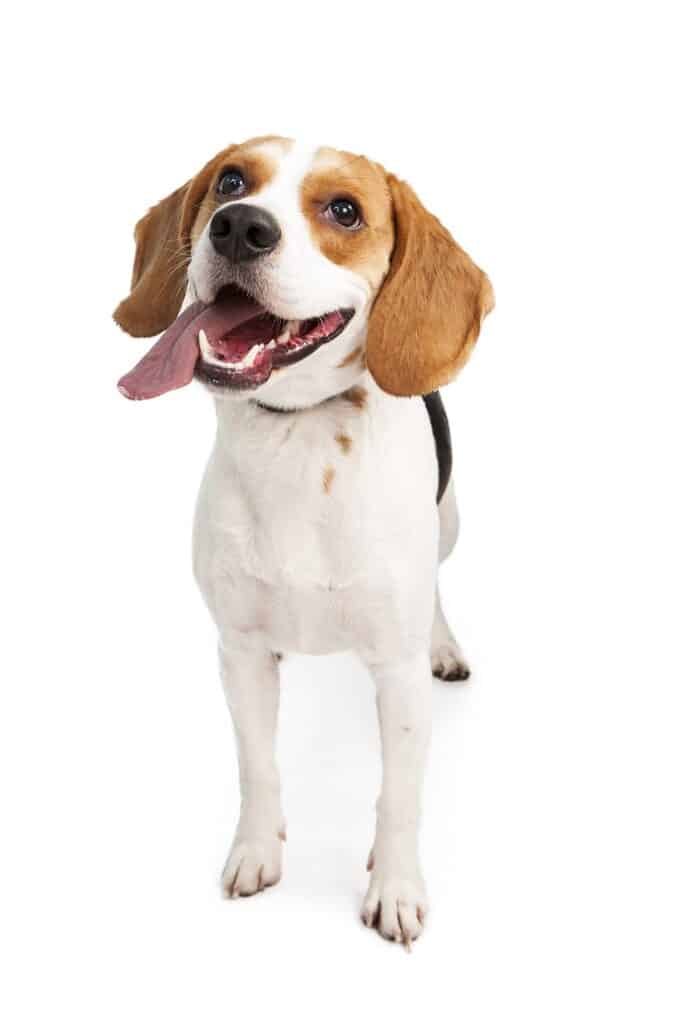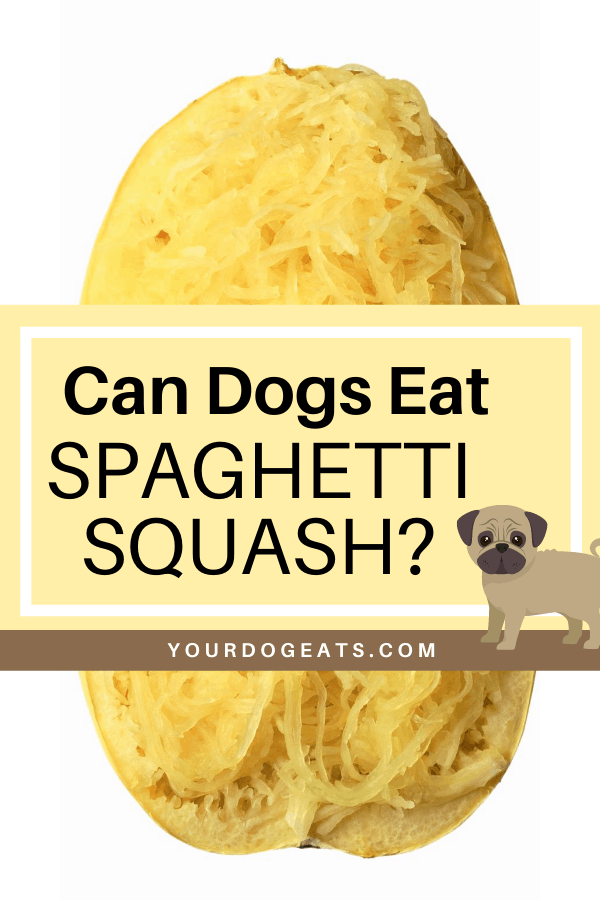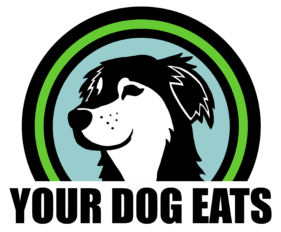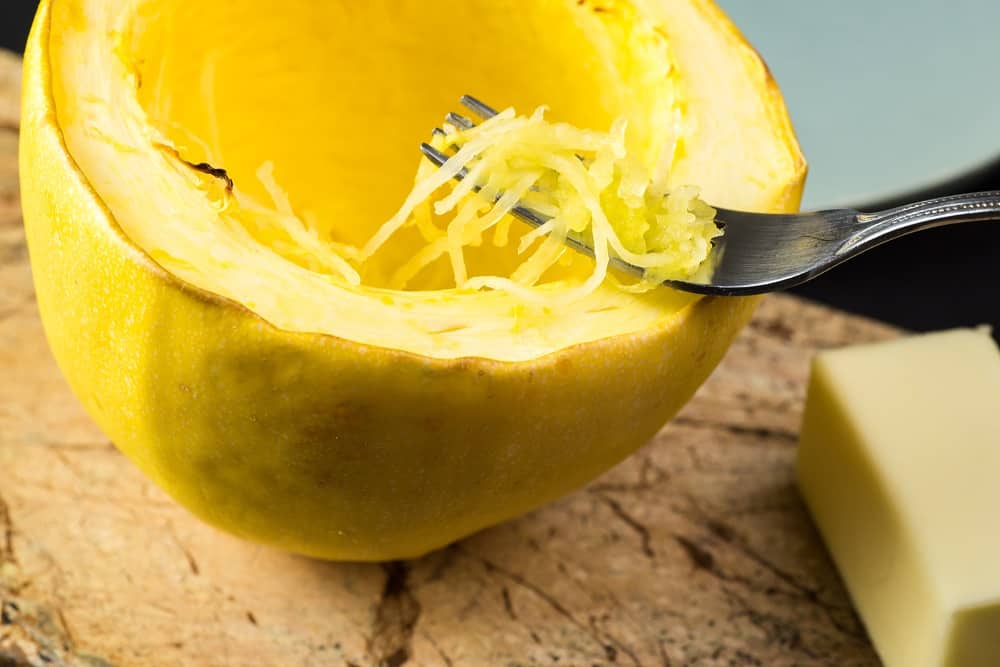Did your dog just grab a bite of your freshly cooked spaghetti squash, and now you’re wondering – can dogs eat spaghetti squash? Not to fear, my friend! Spaghetti squash is perfectly acceptable for your canine pal. However, there are a few considerations to keep in mind regarding cooking and additional ingredients.
This post was reviewed for veterinary accuracy by Cara Wright, DVM. For more information about our review process and Cara, please visit the About Us page.
Can dogs eat raw or cooked spaghetti squash?
Cooked spaghetti squash is the best choice if you want to feed some to your dog. Raw squash can be rough on their digestive system, and giving a whole raw squash is even more risky as they may eat the skin and seeds. Cooked squash, where the spaghetti-like strands are removed from the outer skin, is a much better choice.
If you are planning to feed your dog spaghetti squash, keep in mind it should be part of a properly balanced diet. Spaghetti squash alone or in combination with only a few other vegetables won’t meet your dog’s nutrition needs. It’s key for dogs to get enough protein each day too, according to the National Research Council of the National Academies.
Skip the squash skin
Avoid giving your dog the thick skin of the spaghetti squash. While other squash like zucchini have thin peels that dogs shouldn’t have a problem digesting, the thick outer layer of spaghetti squash can prove troublesome for a few reasons:
- It can be tough for the dog to digest, and may cause some stomach upset.
- If eaten in large gulps, it can also be a choking hazard.
- Occasionally large chunks of a thick rind could cause an obstruction.
For all these reasons, it’s best to scoop out the spaghetti squash from the shell and serve it to your dog that way.
If your dog did snag some bites of the thick squash skin accidentally, be sure to watch for signs of an obstruction. This includes symptoms like pain in the belly, problems pooping, rectal bleeding, vomiting, decreased appetite, diarrhea, or bloating. If you see any of these signs, be sure to contact your veterinarian for assistance.
Be careful of additional ingredients
If you are feeding your dog any cooked spaghetti squash, avoid using fats like butter when serving it. While those fats certainly make our human food delicious, they can give your dog some stomach upset. Also, remember to never serve spaghetti squash in a dish with garlic or onions to your pup. Those items can be toxic to dogs.
Benefits of spaghetti squash for dogs
In addition to being safe to eat, cooked spaghetti squash also has a couple nutrition benefits:

Fiber:
One cup of cooked spaghetti squash contains a little over 2 grams of fiber. According to Cummings Veterinary Medicine Center at Tufts University, fiber can promote digestive health and good gut bacteria in your pet.
If your dog seems to be struggling with constipation, spaghetti squash is one food that may be helpful thanks to both it’s fiber content and high moisture content. (Canned pumpkin is a similar food that’s often utilized to help with constipation for the same reasons). That said, if your dog truly needs more fiber, a concentrated fiber supplement may be a better option – talk to your veterinarian.
Also, keep in mind that if your dog is suffering from diarrhea, it may be best to avoid spaghetti squash due to the effect on the digestive system.
Vitamin B6:
Spaghetti squash provides a moderate amount of B6, which is involved in several functions in dogs. It’s primary function is in energy metabolism, and it also plays a role in immunity and controlling inflammation.
That said, remember that there is also a lot of misinformation about foods for dogs on the internet. For example, despite many claims online that spaghetti squash is very high in beta carotene, it’s actually not. According to nutrient analysis data, a cup of cooked spaghetti squash contains about 90 micrograms of beta carotene. To give comparison, the same amount of cooked sweet potato contains 28,700 micrograms (28 milligrams), according to the USDA.
In addition, though spaghetti squash also contains Vitamin C, you might be interested to learn that dogs (unlike humans) are actually capable of meeting their Vitamin C requirements through their own body’s production.
How to prepare spaghetti squash for your dog
To cook spaghetti squash for your dog (keeping in mind the above recommendations), you can try two easy cooking methods.
To cook in the oven: Preheat the oven to 400 degrees Fahrenheit. Slice the spaghetti squash in half and scoop out the seeds. Place it cut side down on a baking sheet, and then bake for about 30 to 40 minutes, or until the shell is fork tender. Flip it over, let it cool, and then use a fork to scoop out the strands of squash.
To cook in the microwave: Start the same way, by cutting the squash out and removing the seeds. Place the squash cut side down into a baking dish filled with a little water, then microwave for about 10 minutes (plus or minus a few minutes, depending on the size of the squash). Pro tip – avoid microwaving the squash whole, as this can cause a dangerous buildup of steam – even if you poke vent holes!
Once you’ve cooked spaghetti squash, you can mix a little into your commercial dog food. Alternatively, you can serve it with a source of protein if you’re preparing homemade dog food.
A Final Word from Your Dog Eats
As you can see, spaghetti squash can certainly be an acceptable addition to your dog’s diet. It’s just important to make sure that you’re serving the correct part of the squash, and that you avoid potentially dangerous additional ingredients. As always, if you have questions about your dog’s diet or health, be sure to contact your veterinarian for advice.
Be sure to pin this post for later so you can refer back! 🙂


